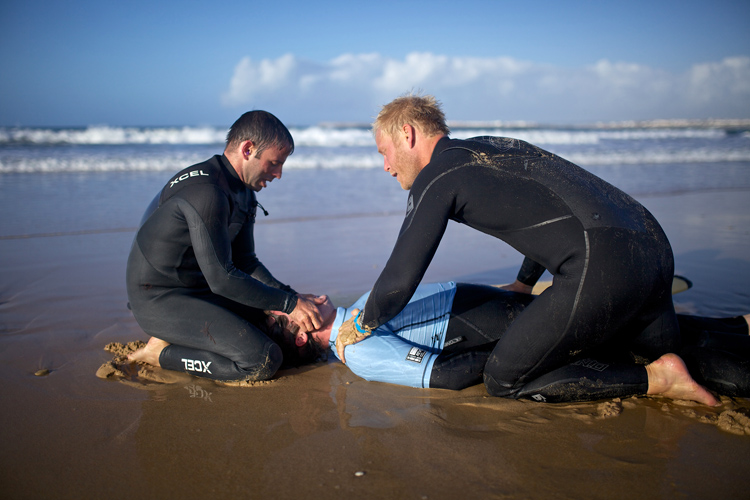The European Association of Surfing Doctors (EASD) promises to run the world's largest drowning resuscitation workshop during the 4th Annual Surfing Medicine Conference, scheduled between September 29th and October 2nd, in Anglet and Biarritz, France.
The ambassadors of health in the ocean will share knowledge about drowning, breath holding physiology, injury prevention, skin cancer prevention, elite surf training, and many other topics.
Leaders in pre-hospital care, lifeguarding, and drowning resuscitation will participate in swim trials and simulations.
The event is open to health professionals, scientists, lifeguards, surf coaches, and students interested in surfers' health.
"With surfing exponentially rising in popularity and lineups getting increasingly crowded, more and more people are getting injured and putting themselves in life-threatening situations than ever before," underlines Dion van de Schoot, vice CEO at EASD.
"It makes sense, those in the water at the time of an event are the ones closest to the casualty and are therefore likely to help and respond. Furthermore, those surfers trained in water safety are more likely to perform a higher number of rescue events compared to lifesavers."
Drowning is the third leading cause of unintentional injury/death worldwide, accounting for 7 percent of all injury-related deaths. There are an estimated 1.5 -2.0 million drowning deaths every year worldwide.
The first and most important treatment for the unresponsive non-breathing drowning victim is ventilation/oxygenation.
